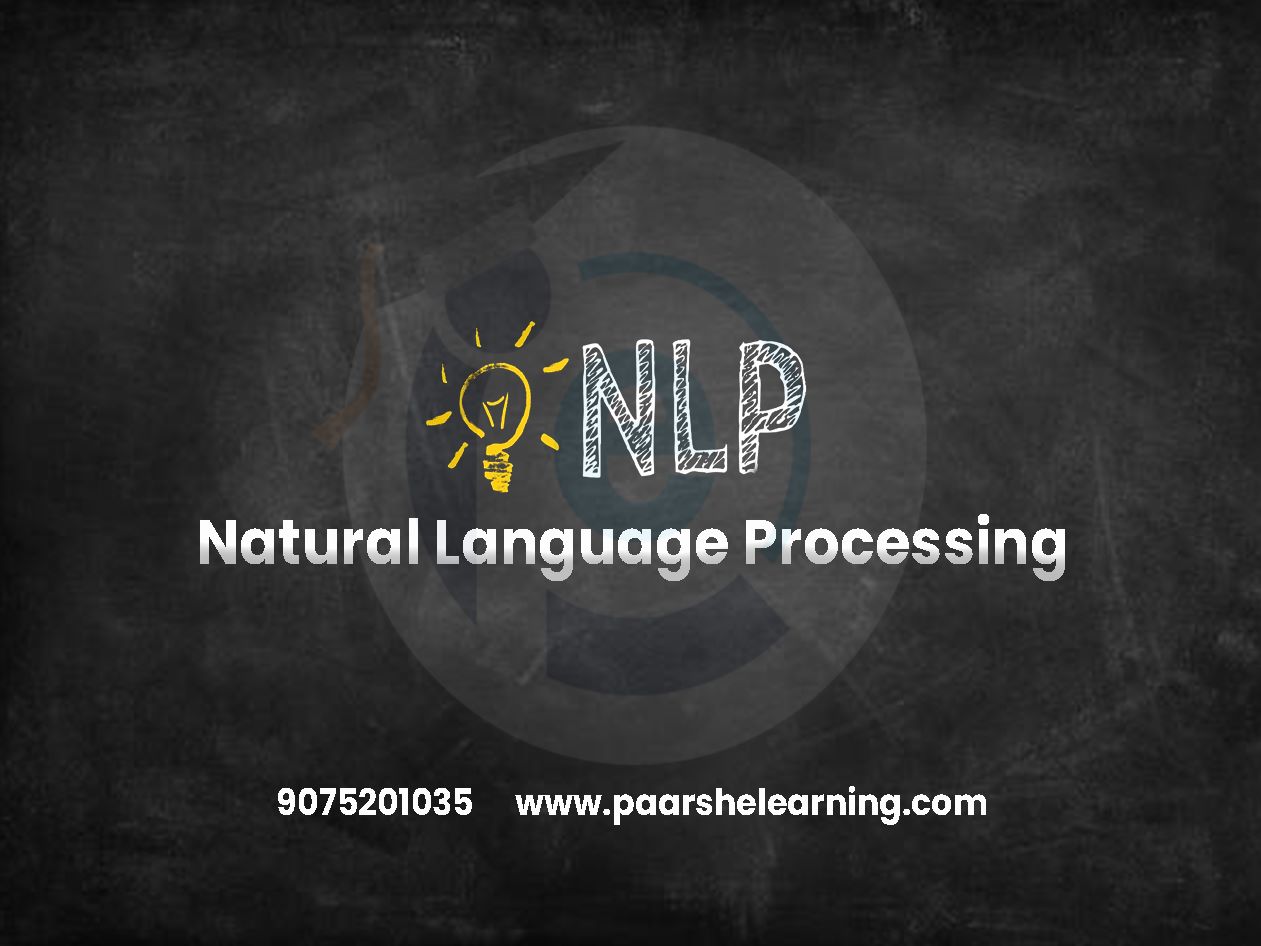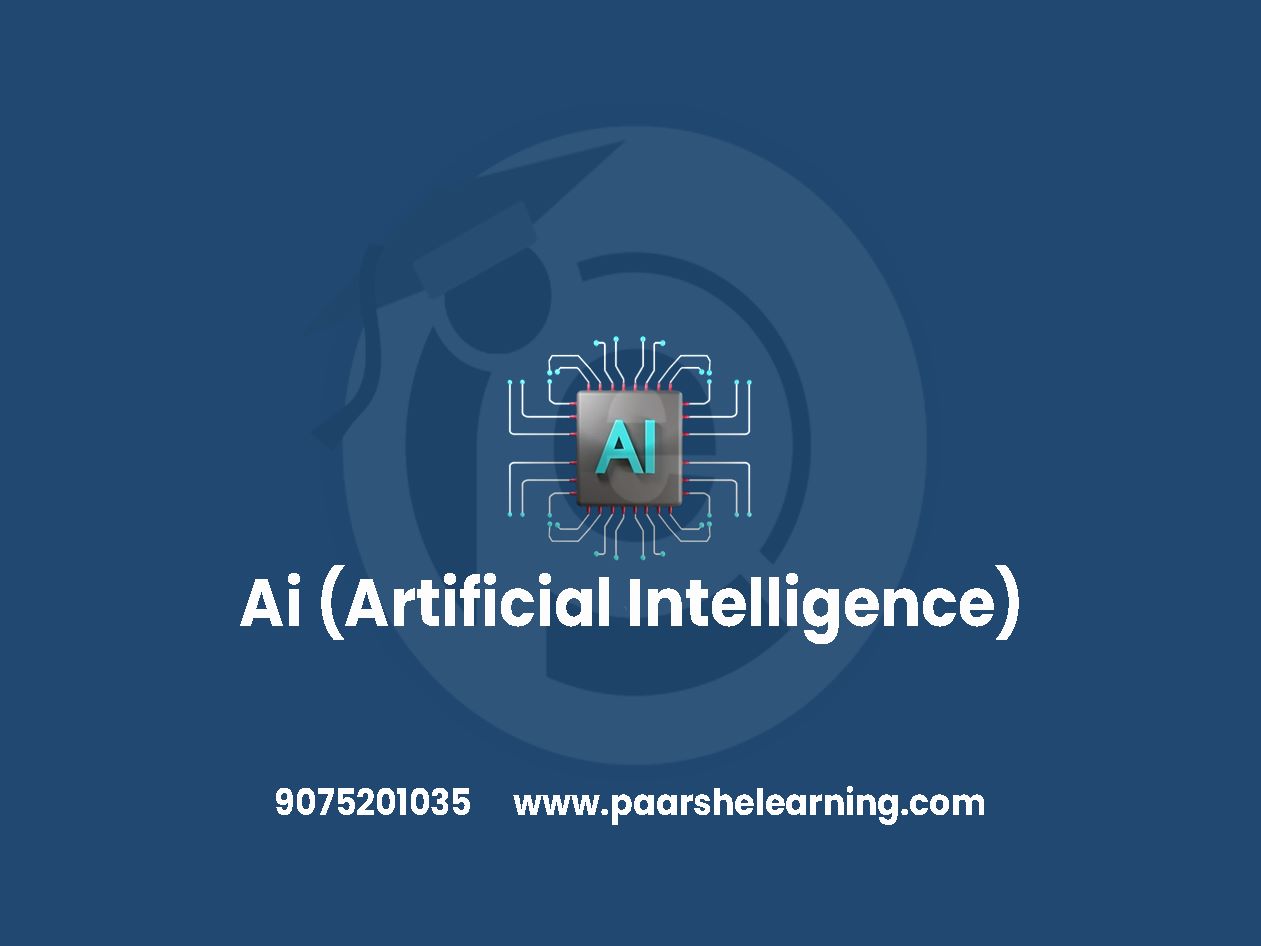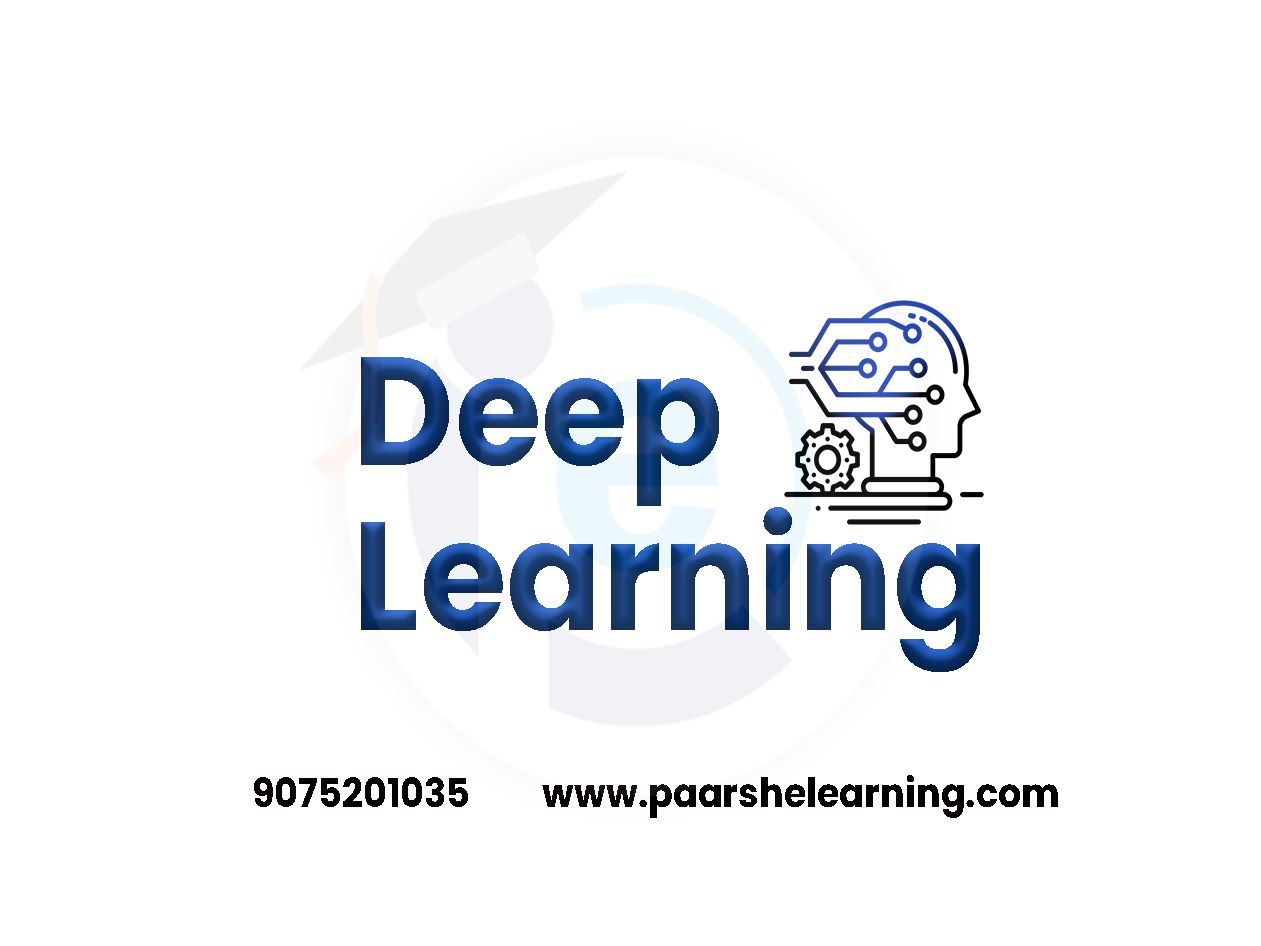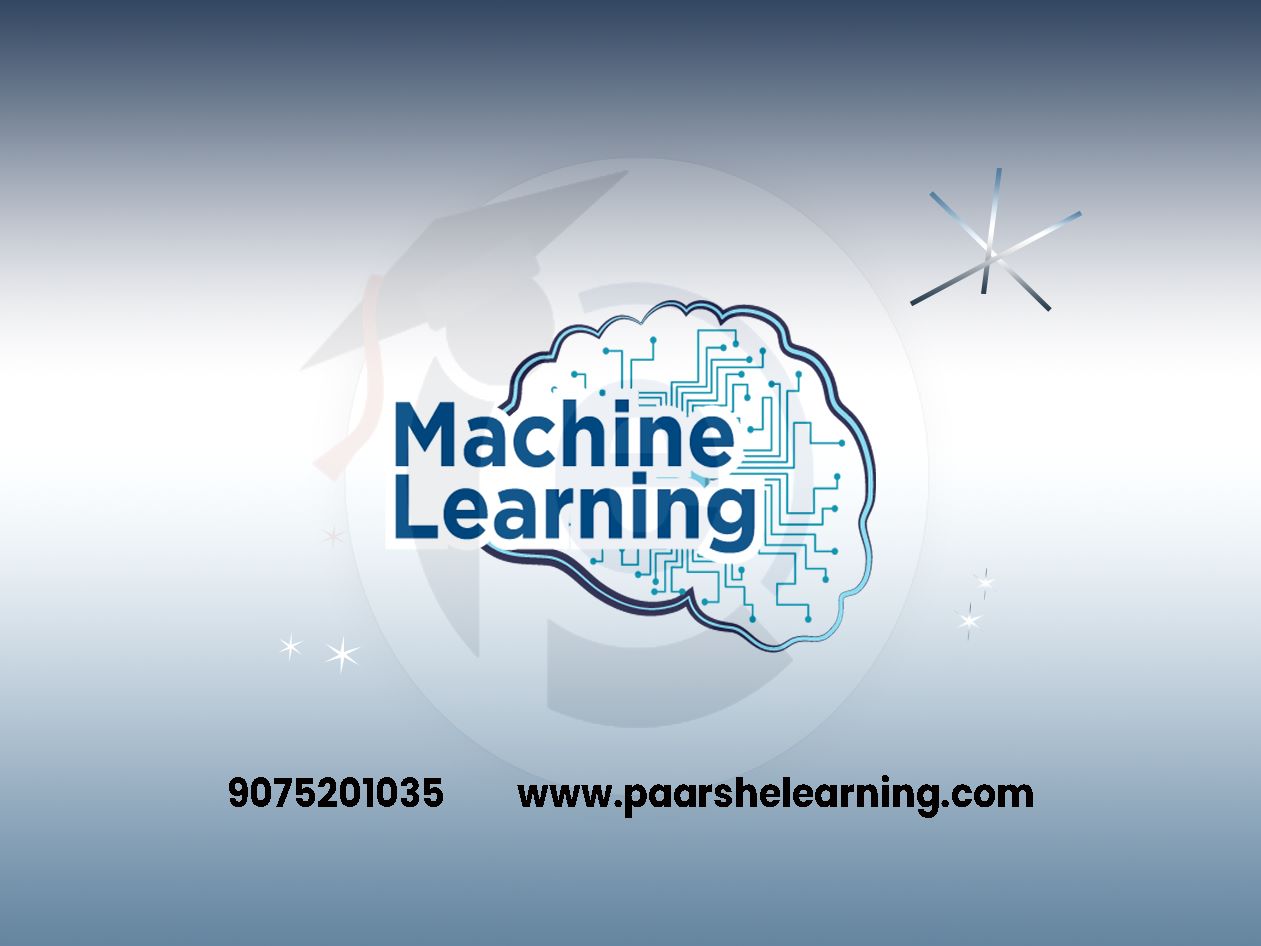- Daily Live session
- A recorded session with problem-solving material
- Access on Mobile and TV
- Certificate of completion
- Recommendation Letter
- 100% Job Placement
Natural Language Processing
Course description
-
Natural Language Processing (NLP) is a subfield of Artificial Intelligence (AI) that focuses on the interaction between computers and human language. It involves the development of algorithms and techniques to enable computers to understand, interpret, and generate natural language text or speech.
Here are some key concepts and components of Natural Language Processing:
-
Tokenization: Tokenization is the process of breaking text into individual words or tokens. It is a fundamental step in NLP, as it forms the basis for further analysis and processing of text.
-
Part-of-Speech Tagging: Part-of-speech tagging involves assigning grammatical tags to words in a text, such as nouns, verbs, adjectives, etc. This helps in understanding the role and context of each word within a sentence.
-
Named Entity Recognition (NER): NER is the task of identifying and classifying named entities in text, such as names of people, organizations, locations, and other specific entities. NER helps in extracting relevant information from a text and is widely used in information extraction tasks.
-
Sentiment Analysis: Sentiment analysis aims to determine the sentiment or emotional tone expressed in a piece of text, whether it is positive, negative, or neutral. It is commonly used in social media monitoring, customer feedback analysis, and opinion mining.
-
Text Classification: Text classification involves assigning predefined categories or labels to text documents. It is used for tasks like spam filtering, sentiment analysis, topic classification, and document categorization.
-
Language Modeling: Language modeling involves building statistical or neural models that capture the probability distribution of words or sequences of words in a language. Language models are used in various NLP tasks, such as speech recognition, machine translation, and text generation.
-
Machine Translation: Machine translation is the task of automatically translating text from one language to another. It involves training models to understand the structure and meaning of sentences in different languages and generate translations.
-
Question Answering: Question-answering systems aim to automatically answer questions posed in natural language. They typically involve techniques like information retrieval, passage ranking, and natural language understanding to provide accurate and relevant answers.
-
Text Generation: Text generation involves creating coherent and meaningful sentences or paragraphs of text. It can range from simple template-based generation to more advanced techniques like recurrent neural networks (RNNs) and transformer models.
-
Natural Language Understanding (NLU): NLU involves the ability of a computer system to comprehend and interpret human language. It encompasses tasks like semantic parsing, syntactic analysis, and discourse analysis to extract meaning and context from text.
Popular libraries and frameworks for NLP include NLTK (Natural Language Toolkit), spaCy, TensorFlow, and PyTorch. These libraries provide pre-built tools, models, and resources for various NLP tasks.
-
This course includes!
This course is for
- AI amateurs that are eager to learn how we process language nowadays
- AI students that need to have a deeper and wider knowledge of NLP
- Business-driven people that are eager to know how NLP can be applied to their field to leverage any text data
- Anyone who wants to start a new career in NLP
Prerequisites for this course
- Basic Python Knowledge
Natural Language Processing Syllabus
-
Introduction To Natural Language Processing
Understanding the goals and challenges of NLP Historical overview of NLP development NLP applications in various domains Setting up the development environment with Python and NLP libraries
-
Text Preprocessing And Tokenization
Cleaning and preparing text data for analysis Tokenization techniques and text segmentation Stop word removal and stemming Part-of-speech tagging and named entity recognition
-
Text Representation And Feature Engineering
Bag-of-words model and term frequency-inverse document frequency (TF-IDF) Word embeddings: Word2Vec, GloVe, FastText Document embeddings and sentence embeddings Feature engineering for NLP tasks
-
Sentiment Analysis And Text Classification
Introduction to sentiment analysis and its applications Building sentiment analysis models using machine learning Using pre-trained embeddings for sentiment analysis Handling imbalanced datasets and model evaluation metrics
-
Language Modeling And Sequence Generation
Basics of language modeling and probability theory N-grams and Markov models for text generation Introduction to Recurrent Neural Networks (RNNs) Generating text with RNNs and LSTMs
-
Named Entity Recognition And Information Extraction
Identifying and classifying named entities in text Rule-based and machine-learning approaches to NER Introduction to information extraction and relation extraction Using NLP tools and libraries for NER and information extraction
-
Syntax And Parsing
Syntax and grammatical structure of sentences Introduction to parsing and parsing algorithms Dependency parsing and constituency parsing Applications of parsing in NLP tasks
-
Advanced Nlp Topics And Future Trends
Sequence-to-sequence models and their applications Introduction to Attention Mechanisms and Transformers NLP for low-resource languages and multilingual NLP Ethical considerations in NLP and bias mitigation



